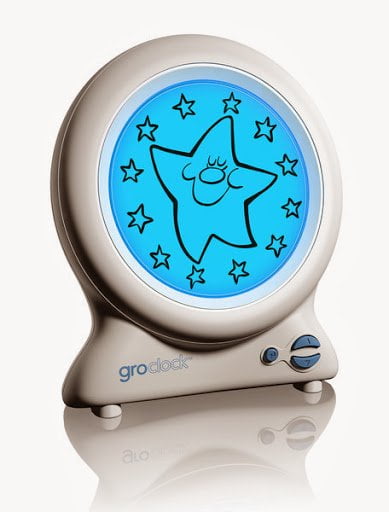Time is a complex phenomenon that confuses kids and adults sometimes. Its basics lie with your ability to understand seconds and how they factor into more perceptible notions like decades, centuries, and even millennia.
There are many benefits of telling time for kids to increase their learning capabilities as they grow older. To make the learning process of time telling easier, here are eight ways you can teach a child to tell time:
1. Teach them how to count
Numbers are the pillars of maths, so every child needs to learn to count. If your child doesn’t do that correctly, they will make mistakes when telling time. Brighterly has math online tutors that use games and maths manipulatives to teach young kids to count, add, subtract, and carry out other mathematical operations.
Telling time involves counting numbers since every part of the clock, whether digital or analogue, adds smaller numbers to make bigger ones. For example, when you count 60 seconds, you get one minute, and you get one hour when you count 60 minutes.
2. Use analog clocks
You can introduce time telling to students by using an analogue clock. While getting a digital clock and just having the kids read the time is easy, analogue clocks are more challenging but better for learning time. Observing how the clock’s hands appear at specific times will create a mental impression on the children.
Since their hands are constantly moving, analogue clocks can help youngsters better comprehend time passing. Analogue watches are more straightforward because of the visual aid of counting in five-minute chunks and seeing the portions of a clock face.
3. Use a picture book or a toy clock
In this age of digital clocks, there’s no guarantee that you will find an analogue clock everywhere you go. However, with a picture book, math worksheets for kids or a toy clock, you can always show your child what you want them to learn at certain times.
For example, if you see a digital clock showing a specific time, you can always point to that same time on the analogue toy clock for your kids. Time telling is an integral part of a child’s maths development, and having a small model in hand helps them remember how a clock looks and its hands move.
3. Show them each part of the clock
When teaching kids to tell time, introduce a clock’s parts one after another. Start with the second hand before moving on to the minute and hour hand. Repeat the idea, and be sure that your child understands it before moving on to the next (minute hand).
Remember to take each stage slowly. Cramming multiple concepts of time within a short period will confuse the child and make them develop anxiety about learning. So, work at their own pace and make sure they understand one aspect of time before you move forward.
4. Be patient
Before making kids understand what timepiece hands and numbers represent, know that teaching time with a clock will not be exciting. Your child may be more interested in the aesthetics of the ticking device than how it works.
Expect to teach them to read analogue clocks by repetition. If you let them go after a few lessons, their understanding of time will still be warped. After you have taught them what hand on the clock denotes what and how to count, make a point of showing them the time at random times to remember.
5. Tell them the use of the minute and hour hand
Teach your children that the numbers on the clock are all multiples of five by pointing out the patterns. Show how the minute hand moves. After that, help them learn to read the hours and minutes simultaneously.
Show your child how the hands of the clock move with time so that they may associate each number on the clock with a specific time of day. The minute hand should remain at 12, while the hour hand moves from one number to the next.
6. Tell time-related stories
For kids clock learning has to be exciting if they are to make any progress. Therefore, incorporate story-telling while teaching them to tell time. If you keep telling your child bedtime stories with time as the significant factor, they will associate time with positive feelings.
When helping children learn clock and time using storytelling, make room for questions and answers. Tell the story, and ask questions related to it. If the child gets it wrong, you could tell the story again. Repeat the exercise with a clock to assess how well your child understands time.
7. Let them watch you record the duration of activities
Learning clock times can be easy for kids if you know how to go about the entire process. Begin teaching your child about time by pointing out how long it takes to do ordinary tasks like getting ready for school, eating a snack, walking from the kitchen to the driveway, etc.
Set the alarm or stopwatch for their favourite activities to help them understand how time passes. For instance, bake a cake and set an oven timer. You can also use an alarm or stopwatch to determine how long it takes you and your child to get to their favourite pet shop.
8. Test their knowledge
Assessments and evaluations have proven helpful in determining a child’s knowledge of concepts. Test your youngster’s understanding of time by making a list of five to ten activities and their corresponding time. Give your child an analogue clock and have them move the clock’s hands to ensure that the activities occur at their proper times.
Check if you have successfully taught them to tell time by asking them the time at random moments. Keep doing so until your child can point the hands at the correct numbers without your guidance. After, reward them for a job well done.
Conclusion
Learning numbers and times for kids can be exciting if you know how to go about it. Even though they may sometimes mistake the minutes to hand for hours, it all boils down to a lot of patience on your part. But by following the strategies in this article, you will cover more ground in helping your children learn to tell time.




